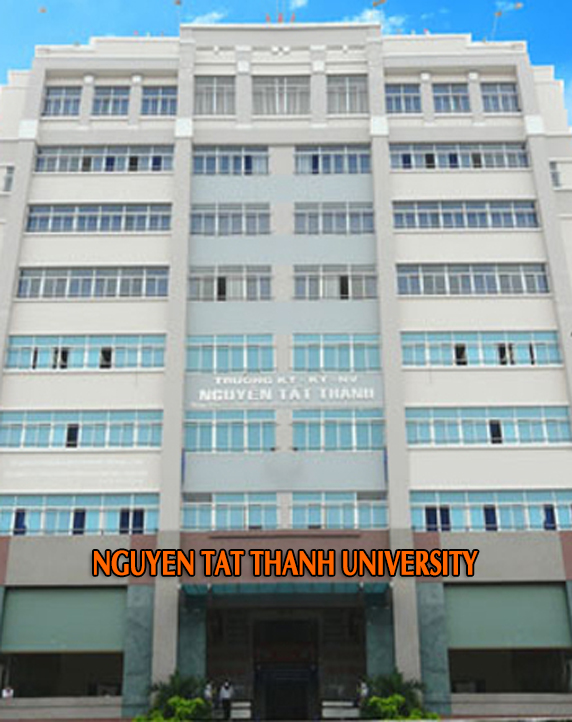Hybrid computational intelligence models for groundwater potential mapping
Posted by Admin:
Groundwater is the most important natural resource in many parts of the world that requires advanced new technologies for monitoring and control
Binh Thai Pham a, Abolfazl Jaafari b,⁎, Indra Prakash c, Sushant K. Singh d, Nguyen Kim Quoc e,
Dieu Tien Buif
- a Institute of Research and Development, Duy Tan University, Da Nang 550000, Viet Nam
- b Research Institute of Forests and Rangelands, Agricultural Research, Education, and Extension Organization (AREEO), Tehran, Iran
- c Department of Science & Technology, Bhaskaracharya Institute for Space Applications and Geo-Informatics (BISAG), Government of Gujarat, Gandhinagar, India
- d Data & Analytics Practice, Virtusa, NJ, USA
- e Department of Information Technology, Nguyen Tat Thanh University, Ho Chi Minh City, Viet Nam
- f Geographic Information System Group, Department of Business and IT, University College of Southeast Norway, Bø i Telemark N-3800, Norway
A B S T R A C T
Groundwater is the most important natural resource in many parts of the world that requires advanced new technologies for monitoring and control. This study presents a comparative analysis of three novel hybrid computational intelligence models that consist of a base Decision Stump classifier and three ensemble learning techniques, i.e., Rotation Forest, MultiBoost, and Bagging, for the groundwater potential mapping. Ten influencing factors (i.e., slope, aspect, plan curvature, topographic wetness index, rainfall, river density, lithology, land use, and soil) and 34 groundwater wells from the Vadodara district, Gujarat, India, were used to prepare a geospatial database. Using this database, three hybrid groundwater models, i.e., Rotation Forest based Decision Stump, MultiBoost based Decision Stump, and Bagging based Decision Stump, were developed. Based on a variety of performance metrics, it is revealed that the Rotation Forest based Decision Stump model had the best performance, followed by the MultiBoost based Decision Stump and Bagging based Decision Stump models. However, all the novel hybrid computational models presented here provided improved estimates of groundwater potential compared to those in previous studies and are sufficiently general to be used in many different landscapes around the world.
https://drive.google.com/file/d/1xmBZAWTUOq0SklHV5-7yvuaIdPBm8Yo4/view?usp=sharing
NodeJS Developer (JavaScript, SQL)
02/03/2021
02/03/2021
NodeJS Developer (JavaScript, SQL)14/07/2020
Full-Stack Developer - Attractive Salary & Benefits03/11/2019
05 Senior Java Developers (J2EE, Spring)28/09/2019
Senior UX/UI Designer19/09/2019
Talented IT Graduates Wanted To Join One Of Europe’s Most Succesful IT Companies16/09/2019
Senior Developer Fullstack (NodeJS / ReactJS / JS)16/09/2019
Free Java Training 3 Months And Paid Intern 2 Months For Korean IT Companies16/09/2019
Recruitment Information IT Support HCM staff16/09/2019
JAVA Developers (J2EE, Spring) ~$1500









